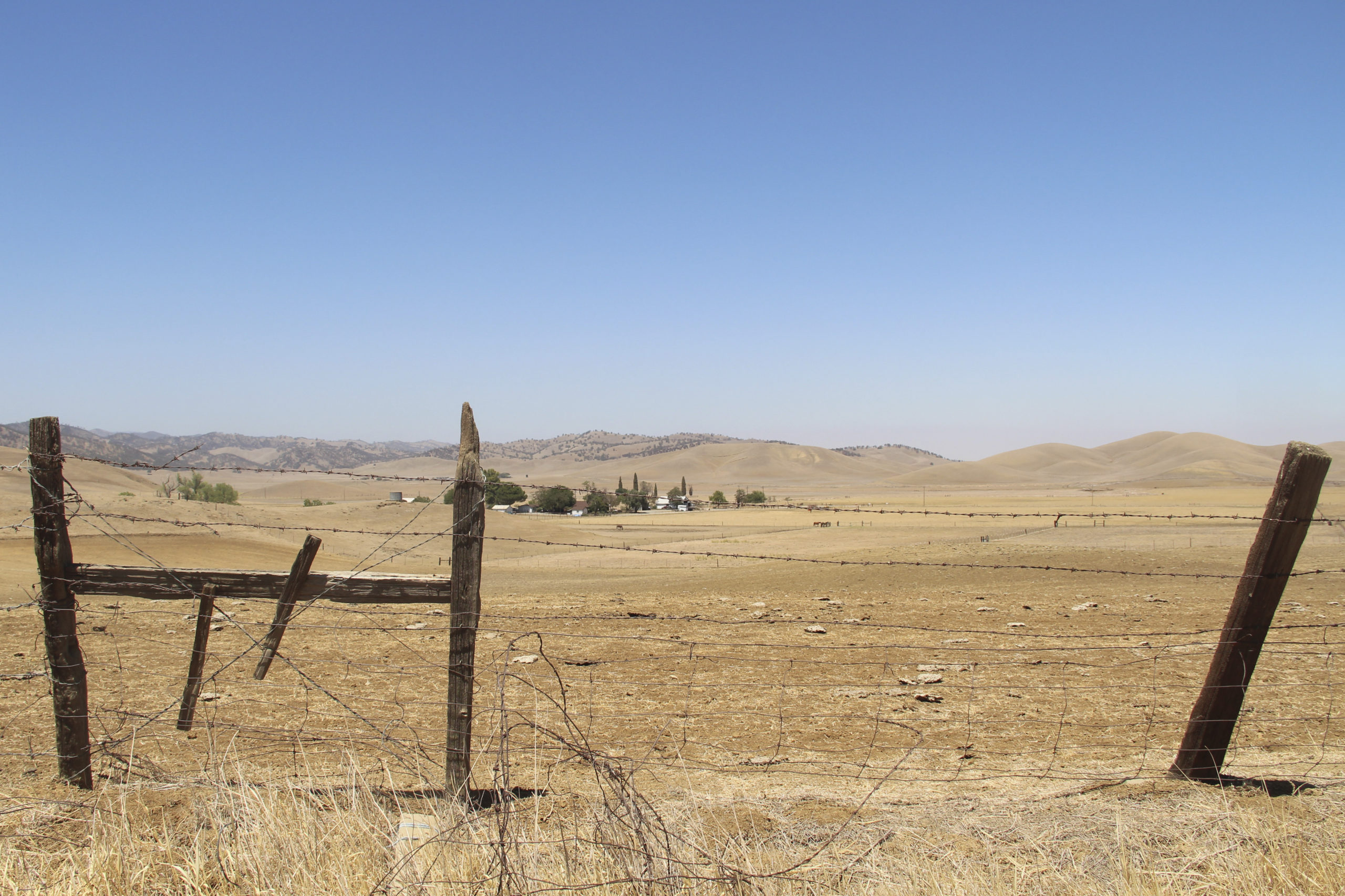SACRAMENTO, Calif. (AP) — A long-delayed plan to build a giant reservoir in Northern California to help withstand the U.S. West’s notorious droughts got a huge financial boost on Thursday when the federal government signaled its intent to loan the project nearly $2.2 billion — about half of the cost to design, plan and build it.
The proposal would flood what’s left of the town of Sites, a tiny community with just a handful of residents nestled in a valley of the coastal range mountains in rural Colusa County. The idea has been around since the 1950s, but there has never been enough money or political will to move it forward.
But now a megadrought caused by climate change that researchers say is the worst in 1,200 years has renewed interest in the project, and efforts to move the project forward are happening quickly. It is also in line to get about $875 million from a voter-approved bond, plus another $450 million loan from the U.S. Department of Agriculture.
And the massive loan announced Thursday by the Environmental Protection Agency essentially preapproved the project and making it close to fully funding the project for the first time. Final approval of the $2.2 billion will take up to two years as federal government and project officials to negotiate the terms and sign documents.
“We’ve definitely turned the corner and we have a nice tailwind at our back,” said Jerry Brown, executive director of the Sites Project Authority overseeing and promoting the project. He is not related to the former California governor with the same name.
The project still must clear some regulatory processes before construction, including an environmental review in which the project is facing fierce resistance. Unlike most reservoirs, the Sites project won’t be connected to a river or stream for water to naturally flow into the lake. Instead, operators will have to pump water from the nearby Sacramento River.
Environmental groups, including the Natural Resources Defense Council, have said the project will take too much water from the river, harming endangered salmon. Plus, they say the water from the Sites project will be more expensive for customers because of high pumping costs.
“It’s disappointing that the EPA seems to be prioritizing taxpayer subsidies for this environmentally destructive dam instead of projects for to ensure safe drinking water and wastewaters services,” said Doug Obegi, a senior attorney for Natural Resources Defense Council.
It takes a lot of water to run California, which has nearly 40 million residents. The state has a robust agricultural industry that supplies the bulk of the nation’s fruits, nuts and vegetables and a diverse — but fragile — ecosystem that is home to endangered salmon species.
It hardly ever rains in the state, with nearly all precipitation coming during the winter months and early spring. California has a vast system of reservoirs that capture and store water from rain and melted snow in the Sierra Nevada mountains. The reservoirs then release water throughout the year for drinking, agriculture and environmental purposes while also offering recreation for local residents and tourists.
But the drought has drained those reservoirs to alarmingly low levels, forcing state and federal officials to release a lot less water. That’s been bad for the environment and forced farmers to fallow thousands of acres of crops.
When it does rain in California, it rains a lot. So-called “atmospheric rivers” that suck moisture from the Pacific Ocean can dump tremendous amounts of rain on the state in short periods. The Sites Reservoir, project officials say, would capture that extra water when it’s available.
The reservoir would hold enough water to supply about 3 million households for one year — although much of the water would be for agricultural purposes. It would be nearly twice the size of the most recent reservoir built in California, but still much smaller than some of the state’s better known lakes like Shasta and Oroville.
Project officials say a lot of the water from the reservoir would be released for environmental purposes, including increasing flows in the state’s major rivers and streams.
But Obegi, with the Natural Resources Defense Council, says the water would likely be too warm to benefit fish. Plus, he said the project would take water from the Sacramento River during both wet and dry seasons.
“It is the classic example of a project that where the political science supports the project but the biological science does not,” Obegi said.
Brown, the Sites Reservoir’s executive director, said the project would be a “smarter tool” to “provide better management of our water.”
He acknowledged the reservoir would remove river water but said the reservoir would put it back. Plus, he said the loan from the EPA could reduce the cost of the water by about 10% for customers.
“It’s just a, kind of, different way of thinking about it,” he said. “There’s a lot of fear and distrust and we have to operate in a way that we, you know, secure trust and address the fears.”

